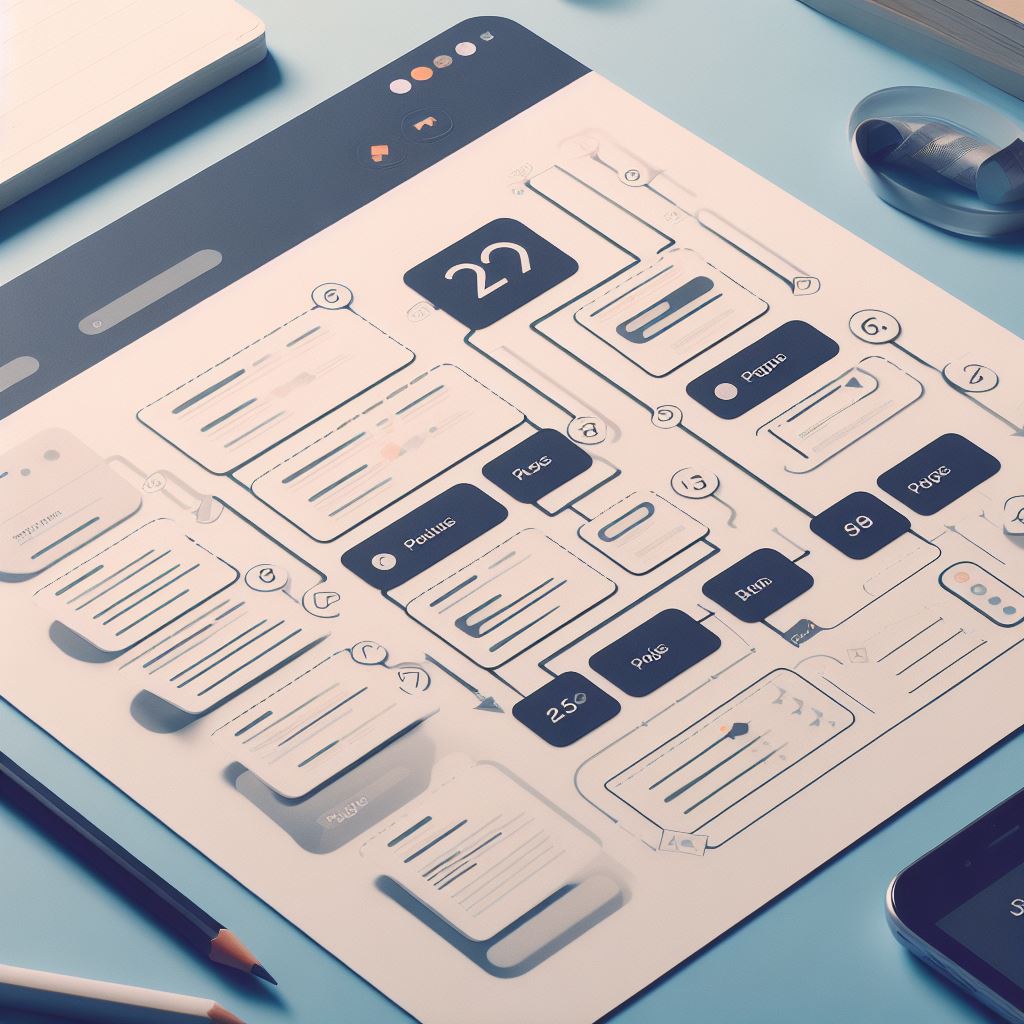What is pagination in web development

In the fast-paced world of web development, presenting content in a user-friendly and accessible manner is crucial. One common technique employed to achieve this is pagination. This method involves breaking down large amounts of content into smaller, more manageable chunks, allowing users to navigate through the information efficiently.
What is Pagination?
Pagination is a process of dividing content into separate pages or sections, making it easier to display and navigate through a significant amount of data. It involves organizing content into logical units, often displaying a fixed number of items per page.
Why is Pagination Important in Web Development?
Pagination serves several essential purposes in web development. Firstly, it enhances the user experience by preventing overwhelming the user with excessive information on a single page. Secondly, it helps in faster loading times and optimizes website performance.
Types of Pagination
Numeric Pagination
Numeric pagination involves displaying page numbers, enabling users to jump directly to the desired section of content.
Previous/Next Pagination
This type of pagination displays a “Previous” and “Next” button, allowing users to navigate through the content sequentially.
Load More Pagination
Load more pagination loads additional content as the user scrolls down, providing a seamless browsing experience.
Infinite Scrolling
Infinite scrolling continuously loads content as the user reaches the end of the page, providing an uninterrupted browsing experience.
How to Implement Pagination in Web Development
Client-side Pagination
Client-side pagination involves loading all the data initially and then using JavaScript to display the data in manageable chunks.
Server-side Pagination
Server-side pagination retrieves data in smaller chunks from the server, reducing the load on the client’s side and enhancing performance.
Best Practices for Implementing Pagination
Implementing pagination effectively involves considering factors such as page design, intuitive navigation, and ensuring a seamless transition between pages.
Common Mistakes to Avoid in Pagination
Avoiding pitfalls like improper implementation, inadequate user guidance, and ignoring mobile responsiveness is crucial to provide an optimal pagination experience.
SEO Benefits of Pagination
Pagination can enhance SEO by improving page loading speed, reducing bounce rates, and making the website more search engine friendly.
User Experience Considerations
A seamless user experience is vital. Properly implemented pagination ensures that users can find the information they need quickly and effortlessly.
Future Trends in Pagination
Future trends in pagination may focus on further optimizing user experience, incorporating AI for personalized pagination, and exploring new ways to balance user engagement with website performance.
Enhance User Experience with Smart Pagination
Pagination in web development is a valuable technique for managing and presenting content effectively. By breaking down content into manageable portions, it enhances user experience, improves site performance, and supports effective navigation.